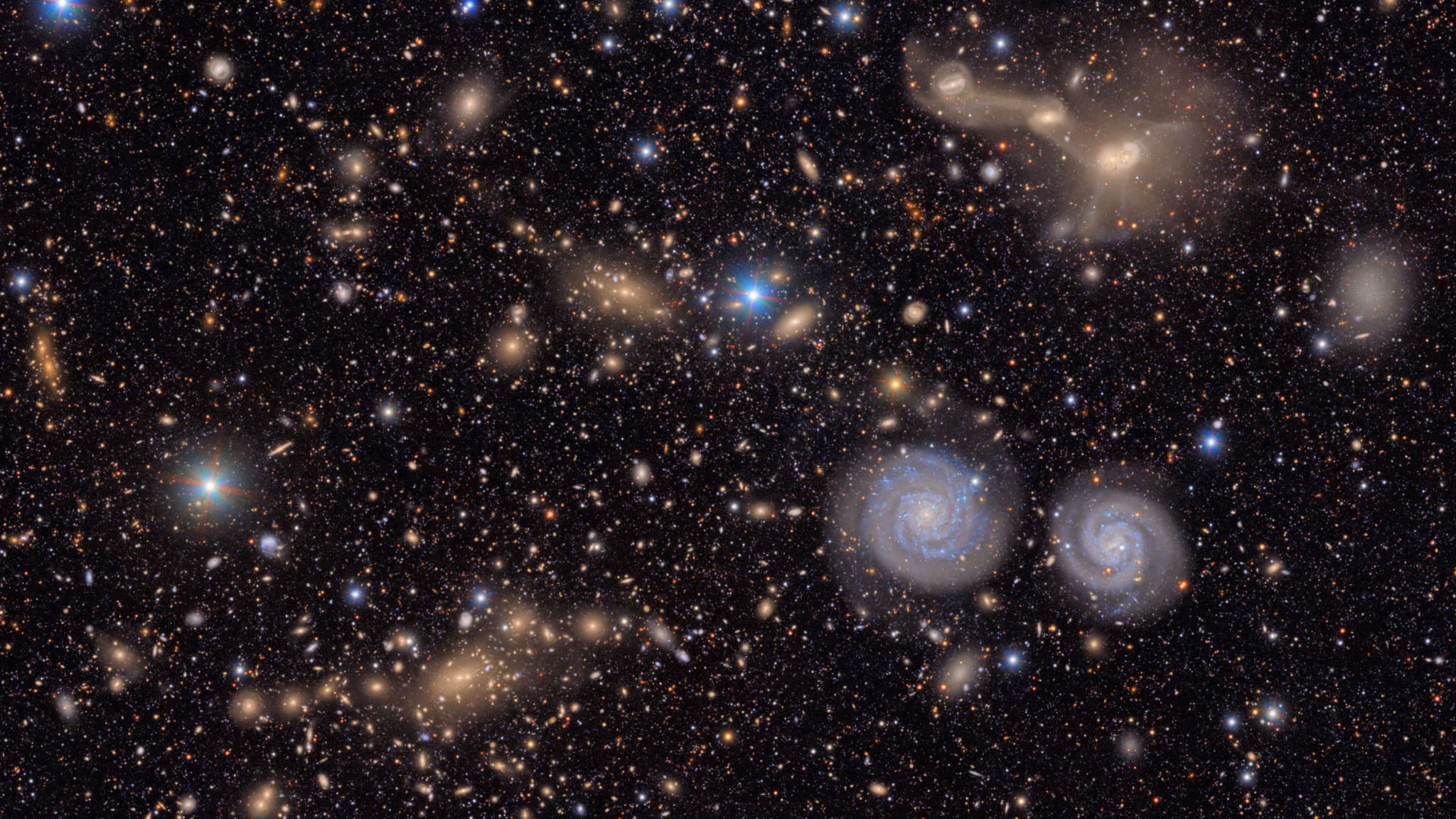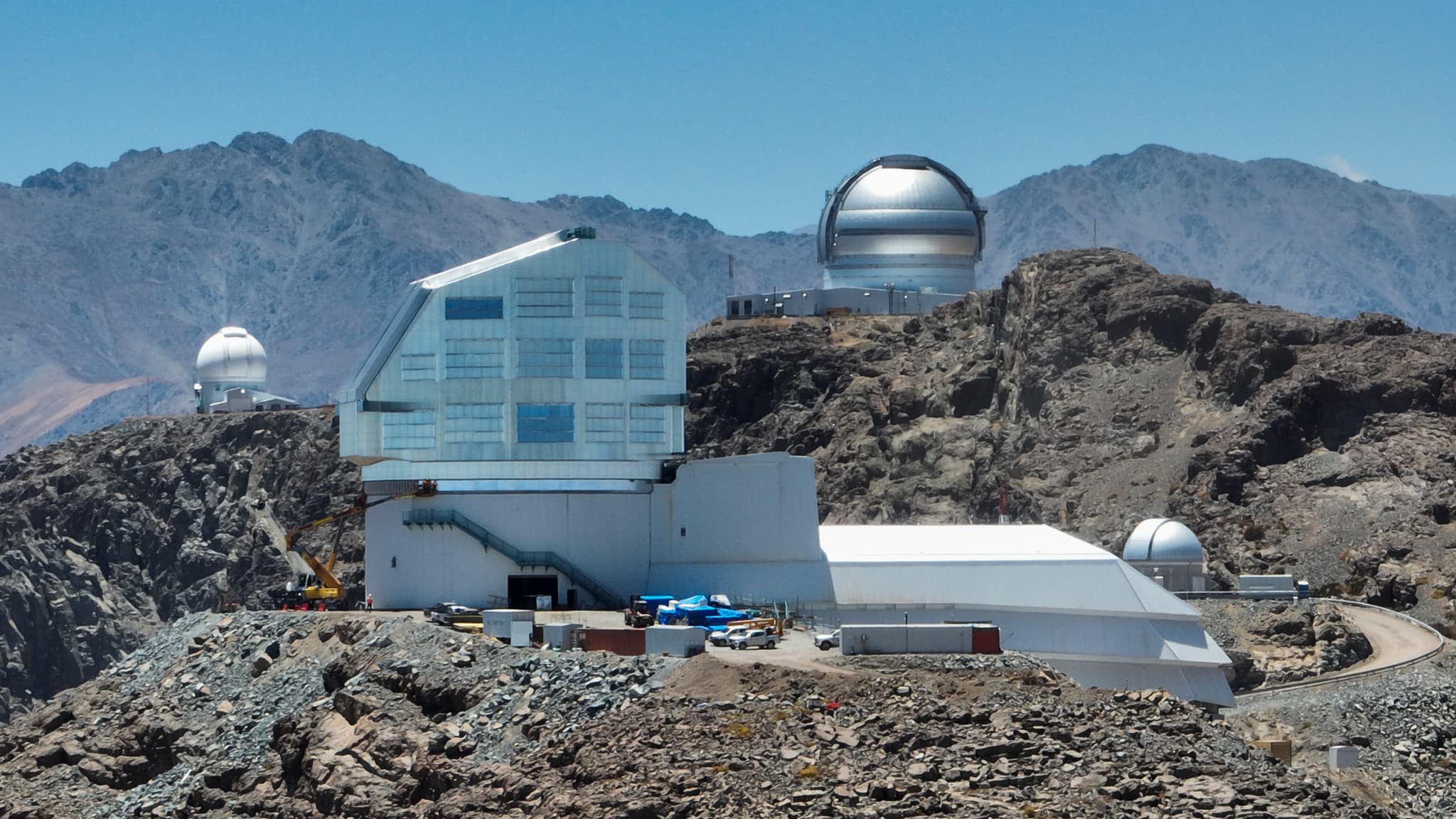New observatory in Chile reveals spectacular first images of distant galaxies

The team at the Vera Rubin Observatory in Chile released its first images on Monday, June 23, revealing breathtaking views of distant galaxies and star-forming regions.
This giant telescope, funded by the National Science Foundation and the U.S. Department of Energy, is located in Chile, an ideal location for observing the cosmos, thanks to its low cloud cover and dry climate.
After more than 20 years in the making, the observatory has released its first images, including ones of the Trifid Nebula and the Lagoon Nebula, several thousand light-years from Earth. This bright pink image against a reddish-orange background is the result of 678 shots taken over the course of seven hours.
It reveals these stellar nurseries within our Milky Way in unprecedented detail, making features never before observed clearly visible.
Another image offers an incredible view of the Virgo galaxy cluster. The observatory team also released a video dubbed "Cosmic Treasure Chest," which begins with a close-up of two galaxies and gradually reveals about 10 million more.
"The Rubin Observatory is an investment in our future, laying the foundation of knowledge today that our children will proudly build upon tomorrow," said Michael Kratsios, the White House's top science and technology policy officer.

Equipped with an 8.4-meter telescope and the largest astronomical camera ever built in the world, the observatory relies on a powerful data processing system.
Later this year, he will begin the Legacy Survey of Space and Time (LSST) project, which will scan the sky every night for the next decade, capturing even the most subtle changes with unparalleled precision.
The Vera C. Rubin Observatory is named after the American astronomer who discovered dark matter, a mysterious substance that acts as a glue within galaxies, preventing stars from being ejected from them. Dark energy is a mysterious force responsible for the expansion of the universe. Together, dark energy and dark matter are thought to make up 95% of the universe.

The observatory is also considered one of the most powerful instruments for tracking asteroids.
In just ten hours, it discovered 2,104 new asteroids in our solar system, including seven near Earth that pose no threat. All other observatories combined, whether in space or on Earth, discover about 20,000 new asteroids per year.
It should also be the most effective at spotting interstellar objects passing through our solar system. New images are expected to be released this Monday at 5 p.m. (Paris time).
BFM TV





